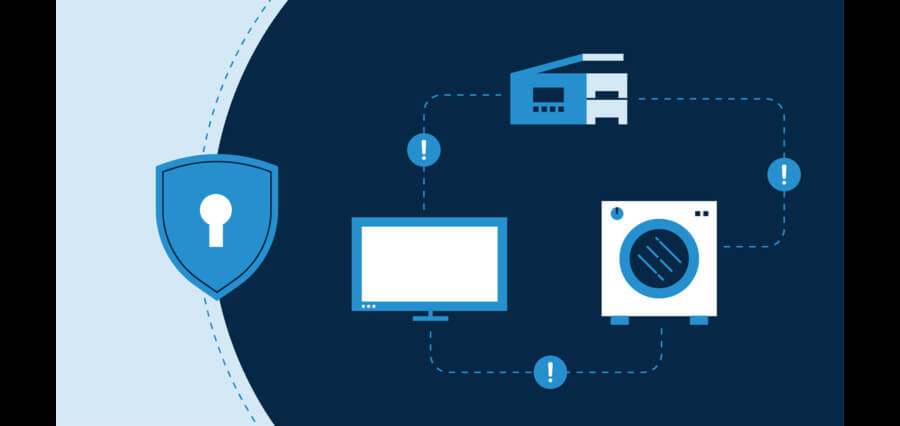The reason for the retraction and the number of displaced threads are unknown.
Neuralink disclosed in a blog post on Wednesday that the first intrusive brain chip it implanted into a human subject had malfunctioned, with neuron-surveilling threads seemingly coming loose from the subject’s brain.
It is unknown how many threads have “retracted” from the brain, what led them to do so, or whether the displaced threads are dangerous. A request for comment from Neuralink, the controversial billionaire Elon Musk’s brain-computer interface business, was not immediately answered. According to the company’s blog post, the issue started in late February, but by changing its algorithm, it has now been able to partially make up for the lost data.
Neuralink boasts that its invasive implant has 1,024 electrodes total—64 flexible threads—that can detect neural activity. The company’s patented surgical robot inserts each of those flexible threads, which are said to be thinner than a human hair, one at a time into the brain. The idea is to position the threads close to neurons of interest so that the electrodes can record and decode the signals to produce the desired action, like moving a cursor on a computer screen.
Noland Arbaugh, 29, who suffered quadriplegia following a diving accident in 2016, is the first patient in the clinical trial that the business revealed on January 28 that it had surgically implanted its brain-computer interface into.
The Barrow Neurological Institute in Phoenix is where the procedure was performed. On January 29, Musk posted on social media that Arbaugh was “recovering well” and that the preliminary findings were “promising.” Since then, Neuralink and Arbaugh have published footage and livestreams of Arbaugh engaging in video game play. For example, Arbaugh uses his implant to control characters in Mario Kart and make moves in a chess game. The one indication of potential issues was on March 1 during an all-hands meeting with Neuralink, during which Arbaugh responded to inquiries and stated, “Yes, we’re still ironing out the kinks and stuff.” However, there is no reason why [the implant] shouldn’t be available after we have this resolved.”
The Journal was the first to disclose that Arbaugh’s brain has an undetermined number of misplaced fibers. Neuralink confirmed the issue on its blog following the Journal’s publication of the study.
It’s still unknown why the threads shifted from their original position, but one theory—which sources told the Journal—is that Arbaugh had pneumocephalus, a condition in which air became trapped inside his skull during surgery. According to those with knowledge of Neuralink’s experiment, after the issue was discovered, the prospect of taking the implant out was explored.
Read More: Click Here





